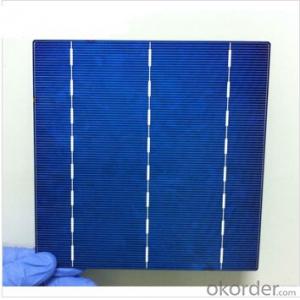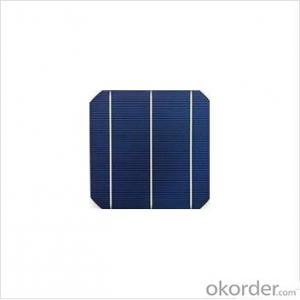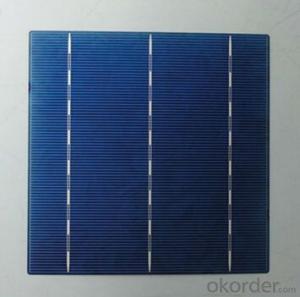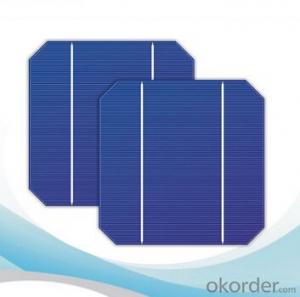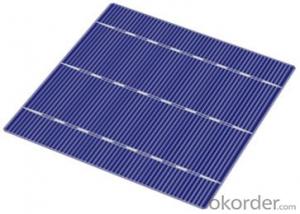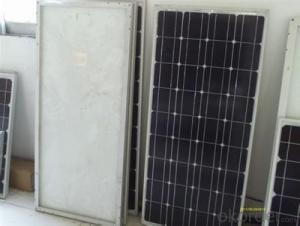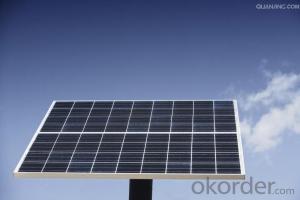Atj Solar Cells
Atj Solar Cells Related Searches
Mj Solar Cells Hjt Solar Cells American Made Solar Cells Azur Solar Cells Heterojunction Solar Cells Multijunction Solar Cells Cztsse Solar Cells Seattle Solar Cells Better Solar Cells Q Cells Solar Free Solar Cells Aerospace Solar Cells Affordable Solar Cells Alta Solar Cells Buy Solar Cells 3rd Generation Solar Cells Multi Junction Solar Cells High Quality Solar Cells 2nd Generation Solar Cells 1st Generation Solar Cells Rec Solar Cells Home Depot Solar Cells Iii V Solar Cells Residential Solar Cells Photovoltaic Solar Cells Compact Solar Cells Chinese Solar Cells 3d Solar Cells Imm Solar Cells Satellite Solar CellsAtj Solar Cells Supplier & Manufacturer from China
Atj Solar Cells are advanced photovoltaic products that harness sunlight to generate electricity. These cells are designed to efficiently convert solar energy into usable power, making them an ideal solution for various applications. They are widely used in residential, commercial, and industrial settings, as well as in off-grid applications such as remote homes, telecommunication towers, and street lighting systems. The versatility of Atj Solar Cells allows them to be integrated into a range of systems, from small-scale rooftop installations to large-scale solar farms.Atj Solar Cells are known for their high efficiency, durability, and reliability, making them a popular choice among consumers and businesses alike. They are designed to withstand harsh weather conditions and maintain their performance over an extended period. This makes them a cost-effective and environmentally friendly option for meeting energy needs. The product's robust construction and advanced technology ensure that it can deliver consistent power output, even under fluctuating sunlight conditions.
Okorder.com is a leading wholesale supplier of Atj Solar Cells, offering a vast inventory to cater to the diverse needs of customers worldwide. With a strong commitment to quality and customer satisfaction, Okorder.com ensures that each Atj Solar Cell is thoroughly tested and meets the highest industry standards. By providing a wide range of options and competitive pricing, Okorder.com has established itself as a trusted source for solar energy solutions. Whether you are a contractor looking for bulk quantities or an individual seeking a single unit, Okorder.com is equipped to meet your Atj Solar Cells requirements.
Hot Products













